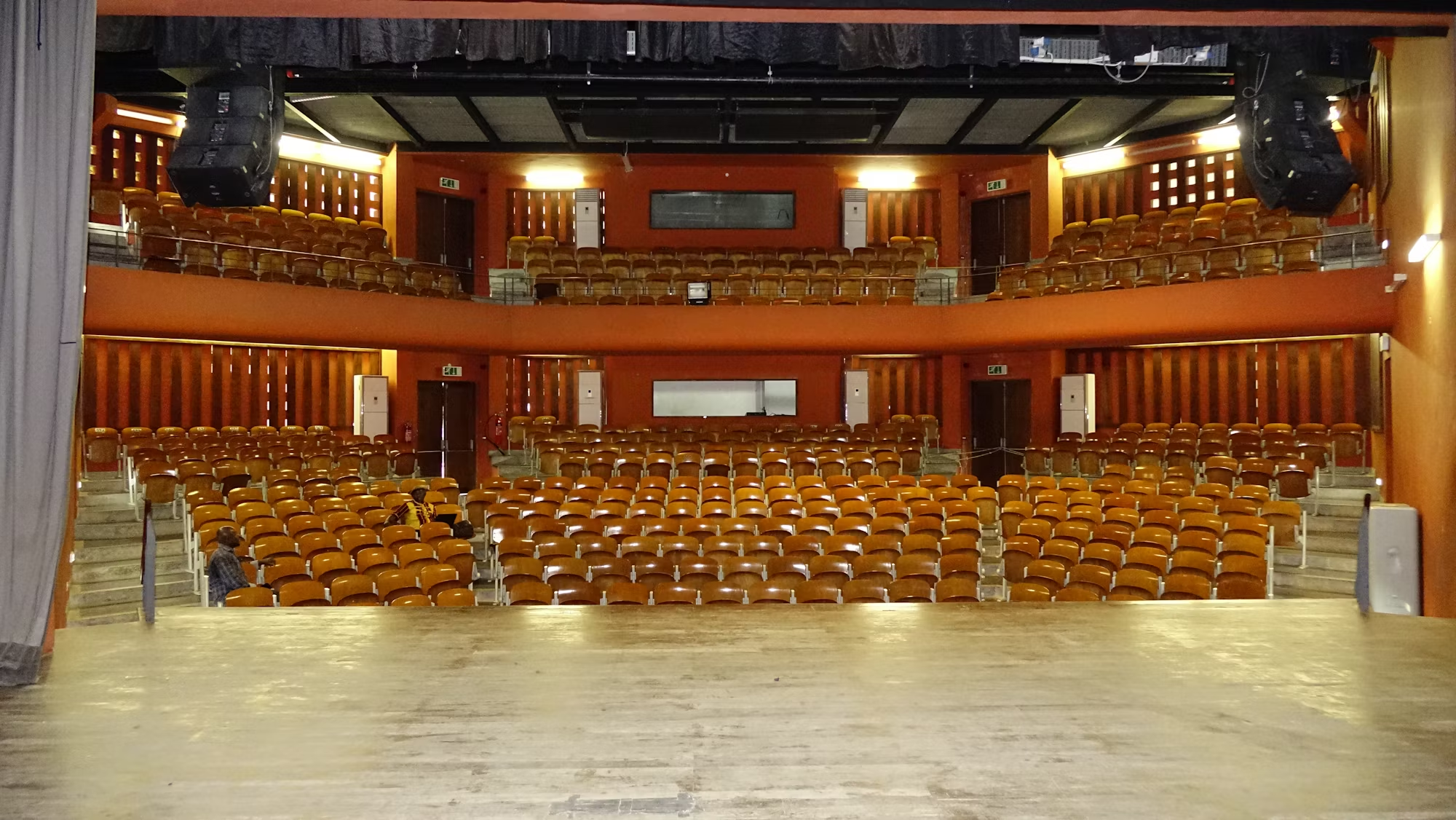The art of designing a home goes beyond aesthetics; it revolves around creating spaces that function harmoniously while reflecting the personalities and lifestyles of those who inhabit them. Each room in a house serves a distinct purpose, and understanding how to optimize these spaces can greatly enhance everyday living. In this article, we will delve into various rooms commonly found in residential spaces, offering insights into their design and functionality to help you create a well-organized and inviting home.
Starting with the living room, often considered the heart of the home, this space is essential for relaxation, entertainment, and socialization. To create a comfortable living room, begin with a thoughtful arrangement of furniture. A cozy seating area that encourages conversation is vital. Position sofas and chairs in a way that invites interaction, perhaps around a central coffee table or a fireplace, if available. This layout not only fosters communication but also makes the living room a welcoming gathering spot for family and friends.
Color plays a significant role in setting the mood of a living room. Soft, neutral tones provide a calming backdrop, while bold accents can bring personality and vibrancy to the space. Consider incorporating different textures through the use of rugs, cushions, and throws, which can add depth and interest. Additionally, personal touches like family photos, artwork, or travel souvenirs can make the space feel uniquely yours, turning it into a reflection of your style and experiences.
Transitioning to the kitchen, often deemed the functional hub of the home, effective design in this space is crucial for both cooking and social interaction. A well-planned kitchen layout should prioritize functionality, often incorporating the work triangle concept, where the stove, sink, and refrigerator are positioned to facilitate efficient movement. Adding an island can serve as both extra workspace and a casual dining area, making it a versatile spot for family gatherings.
When it comes to materials, durable countertops made of granite or quartz can withstand daily use while maintaining their beauty. Proper storage solutions are key to an organized kitchen; consider installing cabinets that reach the ceiling to maximize vertical space and keep countertops clutter-free. Open shelving can also add charm, allowing you to display attractive dishware or cookbooks. Adequate lighting is essential; combining task lighting for food preparation with ambient lighting for dining creates a warm and inviting atmosphere.
Next, the bedroom should serve as a personal retreat, a space designed for relaxation and rest. Soft color palettes, such as muted blues or warm neutrals, can create a serene environment conducive to sleep. Investing in a quality mattress and luxurious bedding is essential for comfort, transforming your bedroom into a sanctuary.
Personalization is key in the bedroom, where individual preferences can shine through. Incorporate decorative elements such as artwork, textiles, or cherished keepsakes that resonate with you. Smart storage solutions, like built-in closets or stylish dressers, help maintain an organized environment, allowing you to keep your personal space clutter-free. Lighting options, including bedside lamps and dimmable overhead fixtures, can be adjusted to create the perfect ambiance for reading or winding down at the end of the day.
The dining room, often the site of family meals and special gatherings, should be thoughtfully designed to foster connection. Selecting the right dining table size is crucial for accommodating family and guests comfortably. Comfortable seating, such as upholstered chairs, encourages lingering over meals and promotes conversation.
Creating an inviting atmosphere can be achieved through thoughtful lighting; a stunning chandelier or pendant lights can add elegance, while dimmable options provide versatility depending on the occasion. Seasonal decor or elegant table settings can elevate the dining experience, making every gathering feel special. Additional elements like decorative wall art or a stylish sideboard can tie the room together, creating an inviting and cohesive dining environment.
As more individuals work from home, the home office has become a vital space in many households. A well-designed home office should prioritize comfort and efficiency. Selecting ergonomic furniture, such as an adjustable desk and a supportive chair, is essential for maintaining good posture during long hours of work. Natural light is a valuable asset, so positioning the desk near a window can help create a productive and pleasant atmosphere.
Effective organization is also key to a functional home office. Utilize shelving, filing cabinets, and desk organizers to keep the workspace tidy and functional. Personal touches, like inspirational quotes or family photographs, can make the office feel welcoming and foster creativity. A thoughtfully designed home office not only enhances productivity but also contributes to a healthy work-life balance, making it easier to transition between professional tasks and personal time.
The laundry room, often underestimated, can be transformed into a highly efficient space. Designing a functional laundry room requires consideration of workflow; incorporate cabinetry for storing laundry supplies and a countertop for folding clothes to streamline the process. Adding a drying rack or designated hanging space can enhance usability.
To create a more enjoyable environment, consider incorporating cheerful colors or decorative elements that brighten the space. Choosing durable materials for flooring and surfaces is important, as this area is frequently used. A well-organized laundry room can transform routine chores into a more pleasant experience, making laundry day feel less burdensome.
For fitness enthusiasts, a dedicated home gym offers convenience and motivation. When designing a home gym, it’s important to select equipment that aligns with your fitness goals. Whether you prefer weights, cardio machines, or yoga mats, the layout should allow for a variety of activities, ensuring the space remains versatile and user-friendly.
Good lighting and ventilation are crucial in a home gym. Incorporating mirrors can enhance the sense of space and allow for self-monitoring during workouts, while a sound system or TV can make exercising more enjoyable. A motivating environment in your home gym can promote consistency in your fitness journey, making it easier to maintain a healthy lifestyle.
Children’s playrooms should be designed to inspire creativity and provide a safe environment for play. Safety should always be a top priority; use soft flooring and age-appropriate furniture to create a kid-friendly space. Bright colors and playful designs stimulate imagination, making the playroom inviting for children.
Incorporating storage solutions like bins, shelves, and toy chests helps keep the playroom organized, making it easier for kids to access their toys and games. Creating designated activity zones, such as an arts and crafts corner or a reading nook, promotes various forms of play and learning. A well-designed playroom fosters creativity and provides children with a space to thrive and explore their interests.
For those who enjoy entertainment, a dedicated media room can elevate the movie-watching experience. This space should be designed to create a cozy and immersive environment. Comfortable seating, such as recliners or plush sofas, enhances the enjoyment of films and gaming experiences. High-quality screens and sound systems are essential for an engaging experience.
Ambient lighting can help set the mood for movie nights. Dimmer switches or smart lighting systems provide flexibility depending on the occasion, allowing you to tailor the atmosphere to suit your preferences. Personal touches, such as movie posters or themed decor, can make the media room feel special and unique, inviting family and friends to gather for entertainment.
The guest room is a space that should prioritize comfort and convenience, leaving a lasting impression on visitors. A quality bed with fresh linens, ample storage for personal items, and thoughtful amenities like extra towels can make guests feel at home.
Adding personal touches, such as a welcome note or local guidebooks, enhances the guest experience and helps them feel appreciated. Choosing a calming color palette and incorporating soft lighting can transform the guest room into a peaceful retreat, making visitors feel relaxed and cherished during their stay.
Finally, the mudroom or entryway serves as the first impression of your home. This transitional space should combine functionality with a warm welcome. Hooks, benches, and storage solutions for shoes and outerwear help keep the area organized and inviting.
Decorative elements, such as a welcome mat or potted plants, make the entryway feel friendly and personal. Selecting durable materials for flooring is crucial, as this area often experiences heavy traffic. A thoughtfully designed entryway sets a positive tone for all who enter your home, creating a welcoming atmosphere from the moment guests arrive.
In conclusion, the principles of effective room design center around creating functional and inviting spaces that cater to the needs of residents. By understanding the unique requirements of each room and incorporating personal touches, homeowners can create environments that enhance daily living. Embracing these design strategies leads to a harmonious home that is both beautiful and functional, serving as a true sanctuary for all who inhabit it.





